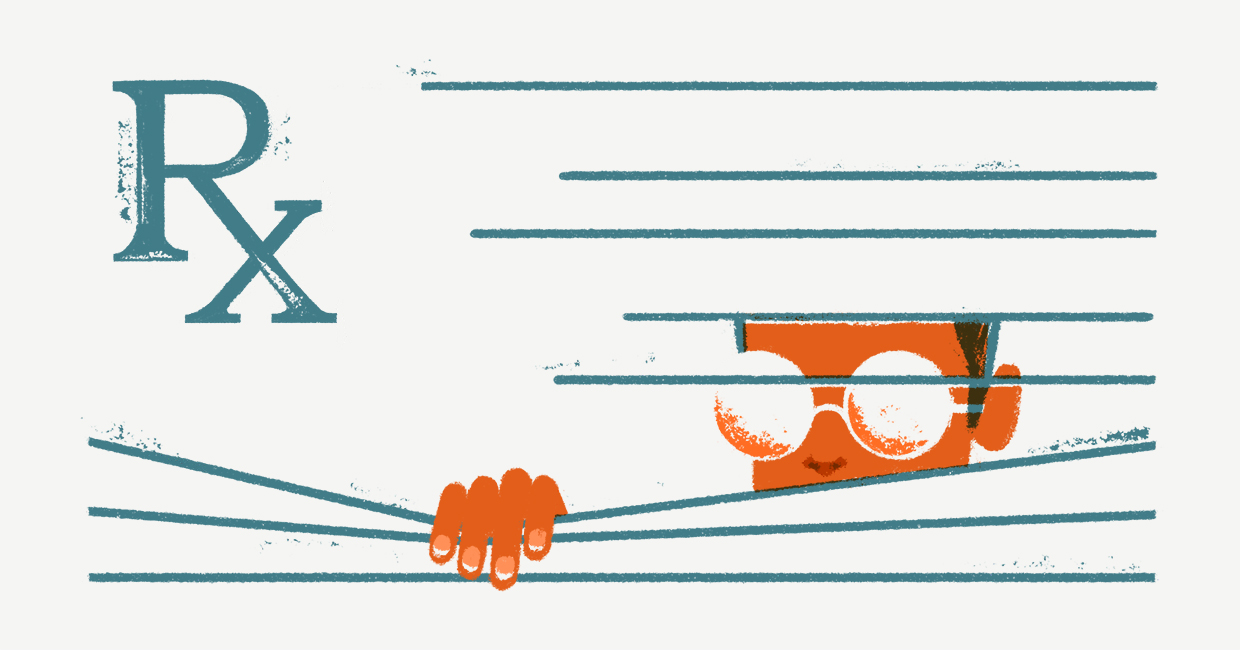It’s no secret that biotech has been one of hottest sectors regarding dealmaking this year: Pfizer bought an antibiotics arm of AstraZeneca for $1.5 billion earlier this year and recently acquired Medivation for $14 billion. Danaher, a US-based industrial conglomerate, bought Cepheid Incorporated, a medical diagnostics company for $4 billion, and GW Pharmaceuticals is reportedly looking for investment bankers to advise them on potential transactions, after having been approached several times with offers.
Biotech dealmaking is made all the more shocking by the tepid first quarter for deals in this quarter, including the mega-deal takeover of Allegan by Pfizer falling through. So what sparked this enormous and lasting change in momentum?
It all started with Valeant’s fall from grace part way through 2015. Upon reports issued by independent research from Citron citing concerns with the company’s revenue booking practices, Valeant’s stock promptly plummeted.
The stock, after a meteoric rise, fell as much as 93% from its peak. While 60% recovers it from that trough, it is still down 88% from its former highs, despite backing from some big names, notably billionaire hedge fund manager Bill Ackman. The entire pharmaceutical and biotechnology complex benefitted from its meteoric rise and were hurt by its subsequent crash.
September 2015, the sector’s image took another hit, as Martin Shkreli, the “most hated man in America” hit the scene. As CEO of the company Turing Pharmaceuticals, he infamously raised the price of Daraprim by over 5,500%. Shkreli’s brazen apathy to the ethical dilemma of this move set off a media firestorm, making him a household name, if also a despised one.
Between Valeant, Martin Shkreli, and public outcry, the sector has become a hot-button topic for politicians. Congress has increased its scrutiny of the industry as a whole, and they called Valeant’s (now former) chief executive and Mr. Shkreli in for hearings. It’s even become a big topic for the upcoming presidential election, with Democratic Nominee Hillary Clinton promising last week to create a panel that would penalize companies that raise prices on their drugs by large amounts, while Donald Trump has pledged to “negotiate the cost of medications… negotiate like crazy,” back in February.
Negative attention and negative news stories make for negative sentiment in a given sector, depressing prices, illustrating the performance of the SPDR S&P Pharmaceuticals ETF shown below.
While this ETF only holds public companies, these effects bleed into private markets, as well, due to how private companies are valued. For example, in the valuation technique of comparables, one finds a publicly traded company similar in size and structure to the business to be valued and applies the public company’s market ratios to the private companies, tweaking them to reflect the private’s unique characteristics.
Major drug manufacturers trade at a price-to-earnings ratio of around 20, currently, the start of the year they were closer to 32. The 38% reduction in P/E ratios makes acquisitions less expensive, as acquirers don’t have to pay as much per dollar of earnings for their targets, putting the smaller companies on sale.
With the current low-yield environment looking like it’s going to last even longer, juicing growth through new acquisitions continues to be very appealing for larger companies. Combined with depressed prices and growing cash stockpiles, this has led to the spike in deal numbers among mid-sized companies in the sector getting picked up by their larger peers and this area is likely to stay hot in the mergers and acquisition market.







